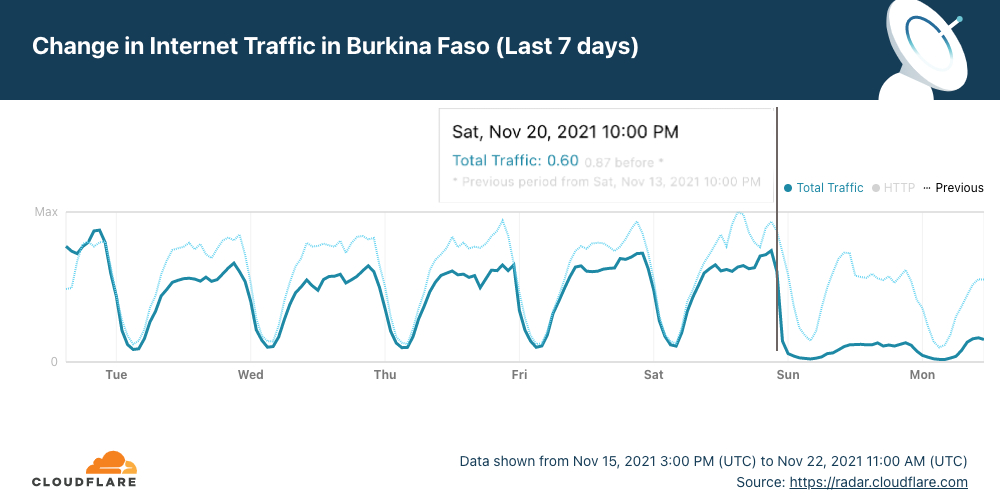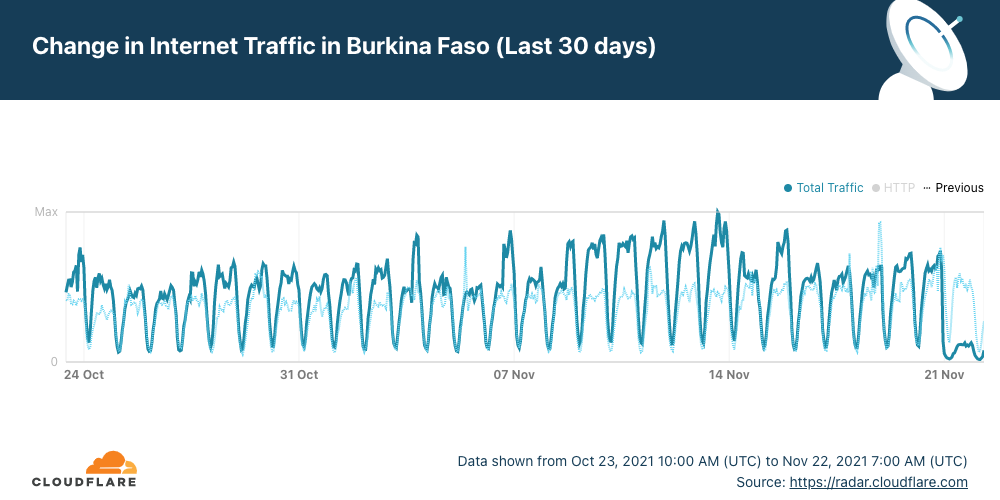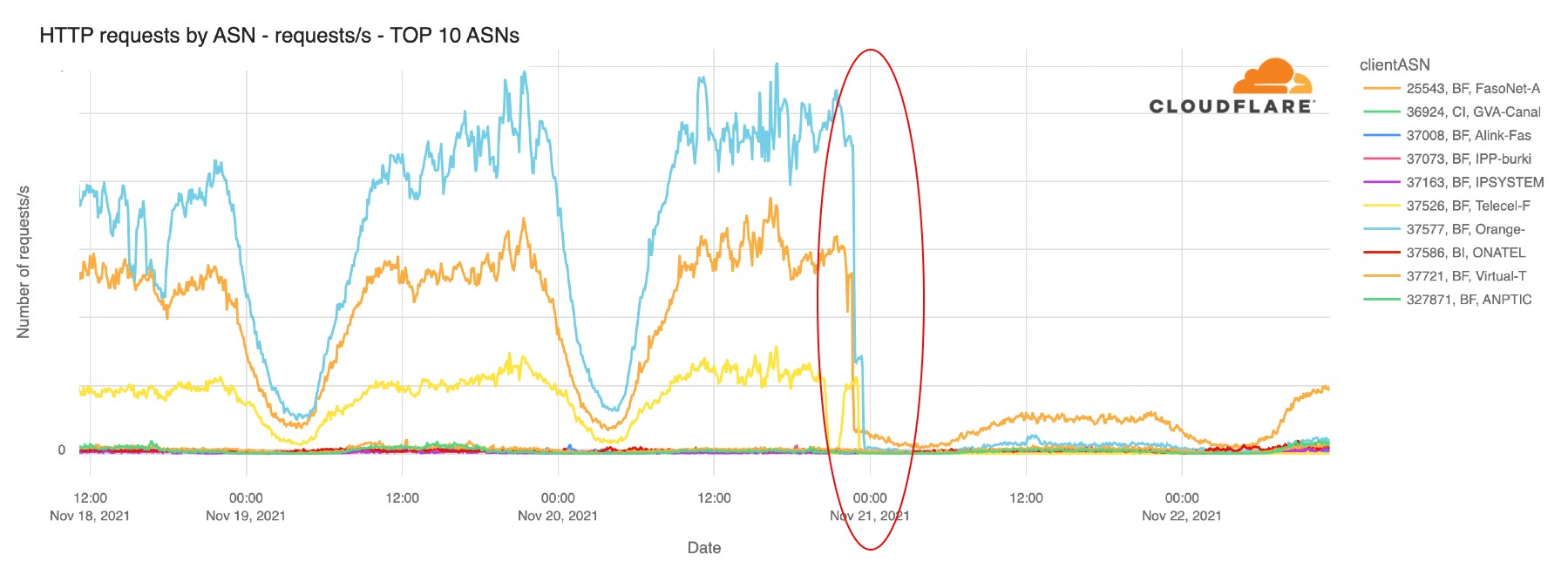Network Modeling: Segmented Lab access with Containerlab and ZeroTier

Introduction
When building out network labs, often multiple people will need access to the lab. The main way right now is to use something like EVE-NG or GNS3 to provide access.
There are 2 downsides to this method. The first is that your server is exposed to the internet and if your usernames/passwords aren’t strong enough, your server can become compromised. The second is that sometimes you may not want everyone to be able to add or edit to the lab topology.
The solution to this is using Containerlab and ZeroTier. This setup is great for things like testing new hires, training classes, or for providing lab access to others on a limited basis.
What is Containerlab?
Containerlab is a container orchestrating tool for managing container-based networking labs. It doesn’t just support Container based Network Operating Systems though. Through vrnetlab, there is support for a wide variety of commonly used NOSes: Mikrotik RouterOS, Nokia SROS, Juniper vMX and vQFX, and many more.
Configs are text based making it easy to add/update links between nodes. The lab does need to be destroyed and redeployed when adding/removing links. With some tools to generate configs, it’s easy to spin up a 500+ node Continue reading

.png?width=360&name=image%20(30).png) Seamlessly, every single day, we wake up and check our health statistics in smart watches, scan QR codes to validate information, pay using credit cards in different locations, use surveillance cameras to record our neighborhoods, and connect our smartphones to distributed WiFi access points in our restaurants or coffee shops.
Seamlessly, every single day, we wake up and check our health statistics in smart watches, scan QR codes to validate information, pay using credit cards in different locations, use surveillance cameras to record our neighborhoods, and connect our smartphones to distributed WiFi access points in our restaurants or coffee shops. 


